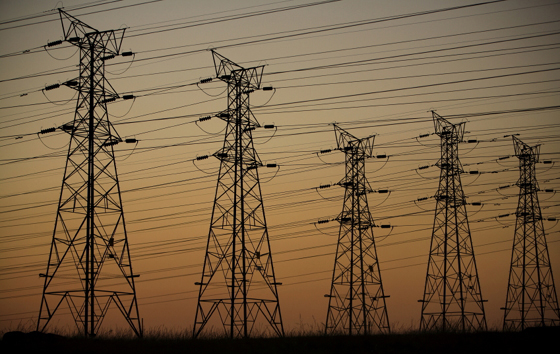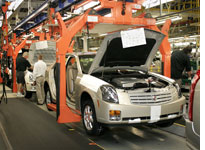 Linking the electrical grids with smart electric meters in homes and businesses should create many job opportunities for IT professionals in the coming years.
Linking the electrical grids with smart electric meters in homes and businesses should create many job opportunities for IT professionals in the coming years.Two trends in efficient energy management are converging. One involves advanced meters that monitor and manage electric use in homes and businesses. The other is advance response programs utilities offer that manage customer consumption of electricity in response to supply conditions.
According to a just-released report from the Federal Energy Regulatory Commission, 2008 Assessment of Demand Response and Advanced Metering the ratio of advanced meters to all installed meters has reached 4.7% for the United States, a significant jump from the less than 1% in 2006. On the demand response side, 8% of energy consumers in the U.S. participate in some kind of demand response program and the potential demand response resource contribution from all such U.S. programs is nearly 41,000 megawatts, or 5.8%, of U.S. peak demand, according to the FERC report. This represents an increase of about 3,400 MW from the 2006 estimate.
The report suggests the need for IT know-how to expand smart grid and smart metering use:
One way to mitigate risks in planning AMI (advanced metering infrastructure, the technology for gathering and disseminating information at a utility meter) communications networks is to ensure interoperability. Interoperability allows seamless sharing of data and integration of functionality between digital electronic systems (e.g., computing networks, communications networks, computers, computer programs, advanced metering systems, etc).The technological means of achieving interoperability is through standards for software, hardware, or firmware. Recognizing a need for standards that would enable interoperability, the U.S. Congress in EISA (Energy Independence and Security Act) 2007 directed the National Institute of Standards and Technology to establish “protocols and model standards for information management to achieve interoperability of smart grid devices and systems.”
In the meantime, many utilities proceeding with AMI plans are doing so cautiously, relying to some extent on open standards to mitigate technological risk exposure or planning and budgeting for periodic technology upgrades to their advanced metering system over the life of their system.






























